Why Portugal’s Marmelada Tastes Nothing Like Marmalade
The blocky confection took on a very different definition in England.
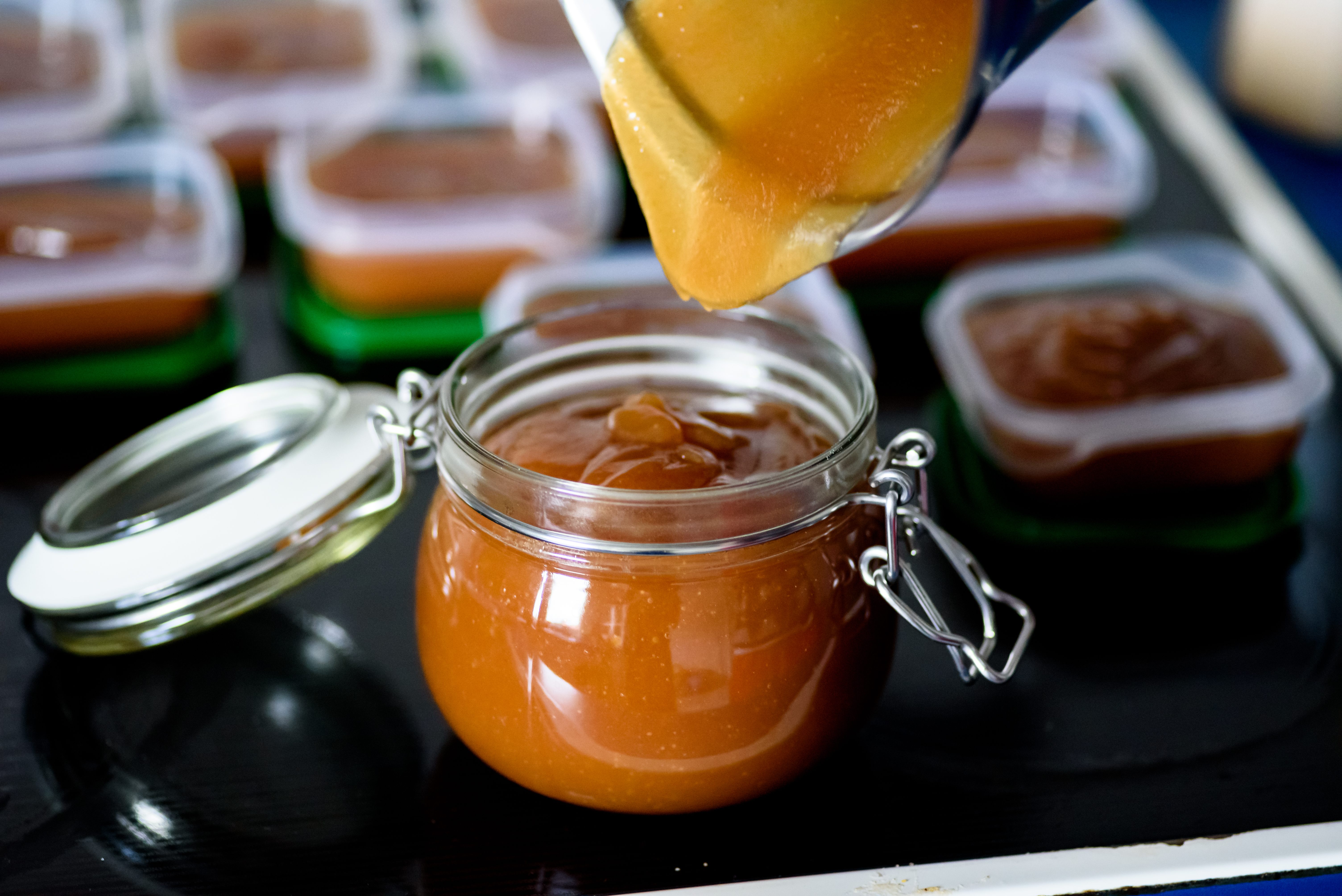
In 1524, Henry VIII received a box of “marmaladoo” as a gift from a Mr. Hull of Exeter. Although the name of the treat was glaringly and oddly misspelled on the box, it at least conjures the idea of marmalade—in particular the tangy, crystalline orange-and-peel jam that’s long delighted Brits at breakfast time.
History suggests there was something else in that package. Well into the 16th century, “marmaladoo” signaled a misspelling not of British marmalade, but rather of Portuguese marmelada. A staple of seasonal Portuguese cuisine, it is a thick, copper-red confection that is still produced today out of quince, a fall pome fruit, in much the same way as it was in Henry VIII’s day. It’s nothing at all like British marmalade, and any resemblance between the two is purely etymological, and confusingly so.
The story of British marmalade—and also of Portuguese marmelada, its older and stouter cousin—begins with the quince. Related to but larger and more sour than a pear, the quince is inedible raw. Still, it emerged in ancient Mesopotamia and was quickly domesticated throughout the Mediterranean world. The Greeks, who referred to the quince as “honey apple,” cultivated it in 100 BC or earlier, while cookbooks dating back to the 1st century detail Roman and Byzantine recipes for quince-based preserves.

From Portugal to Turkey and Morocco to Italy, people found different solutions to the problem of this abundant but inedible fruit. Eventually a particular recipe began to gain traction. People would boil the offensively sour quince with sugar, then pour it into a mold, and let it solidify into a thick paste that could be cut into variously sized pieces. (This was possible, though they didn’t know it at the time, because the quince is rich in pectin, a naturally occurring gelling agent.) The resulting confection went by a variety of names—marmelada in Portugal, kidonopasto in Cyprus, pâte de coing in France.
The Portuguese version stands out because its very name contains a barely abridged history lesson. Marmelada gets its name from the Portuguese word for quince, marmelo. The term is borrowed from the Latin melimelum, a derivative of the Greek word for honey apple, melimelon.
The word marmelada first appeared in writing in 1521. By then, the confection was on its way to international fame. Explorer Vasco da Gama carried boxes on boxes of marmelada aboard his ships, hoping the sweet paste would ward off scurvy (not so much). Marmelada kept well, so it became a natural export for the Portuguese, which is how it ended up in the hands of Henry VIII in 1524.

Marmelada contains a considerable amount of sugar, which was still prohibitively expensive at the time, so it was considered a luxury item. This notion of exclusivity added to its reputation, and ensured that only the wealthy had access to it. Throughout the 15th century, the elite enjoyed marmelada as a digestive following heavy meals. (Later, beliefs about the curative powers of quince-based products spawned an entire range of medicinal marmeladas, including the infamous Marmelada Cephalica, which included “the salt of a man’s skull.”)
Dedicated consumers of quince-based preserves, the English didn’t actually try their hand at making them until the 16th century, according to food historian Ivan Day. As soon as they did, however, the wheels of invention and reinvention kept turning. By the 17th century, fruit “marmalades” were all the rage in England. Quince-esque or not (common flavors included cherry, red currant, and grape), many fruits were eventually made into preserves, and they were all called “marmalades.” During this period, the English began to flirt with orange marmalade, the true ancestor of the current breakfast staple. Yet early recipes, such as those published by Gervase Markham in 1615 or Eliza Cholmondeley in 1677, still resulted in a final product that resembled a boxed, paste-like marmelada.
Janet and James Keiller, a pair of Scots, are often credited with developing marmalade as a more spreadable preserve. The story goes that sometime the 1700s, Janet, a confectioner, found herself in possession of an entire ship’s worth of Seville oranges, which her son had bought cheaply from a storm-damaged Spanish vessel. Challenged with preserving as many oranges as she possibly could, Janet followed a quince-based recipe and hoped for the best. The experiment supposedly resulted in orange marmalade. The details may not be entirely accurate, but the business side of it certainly is: Keiller’s was the world’s first commercial brand of orange marmalade, and they were responsible for building the first marmalade plant in 1797.
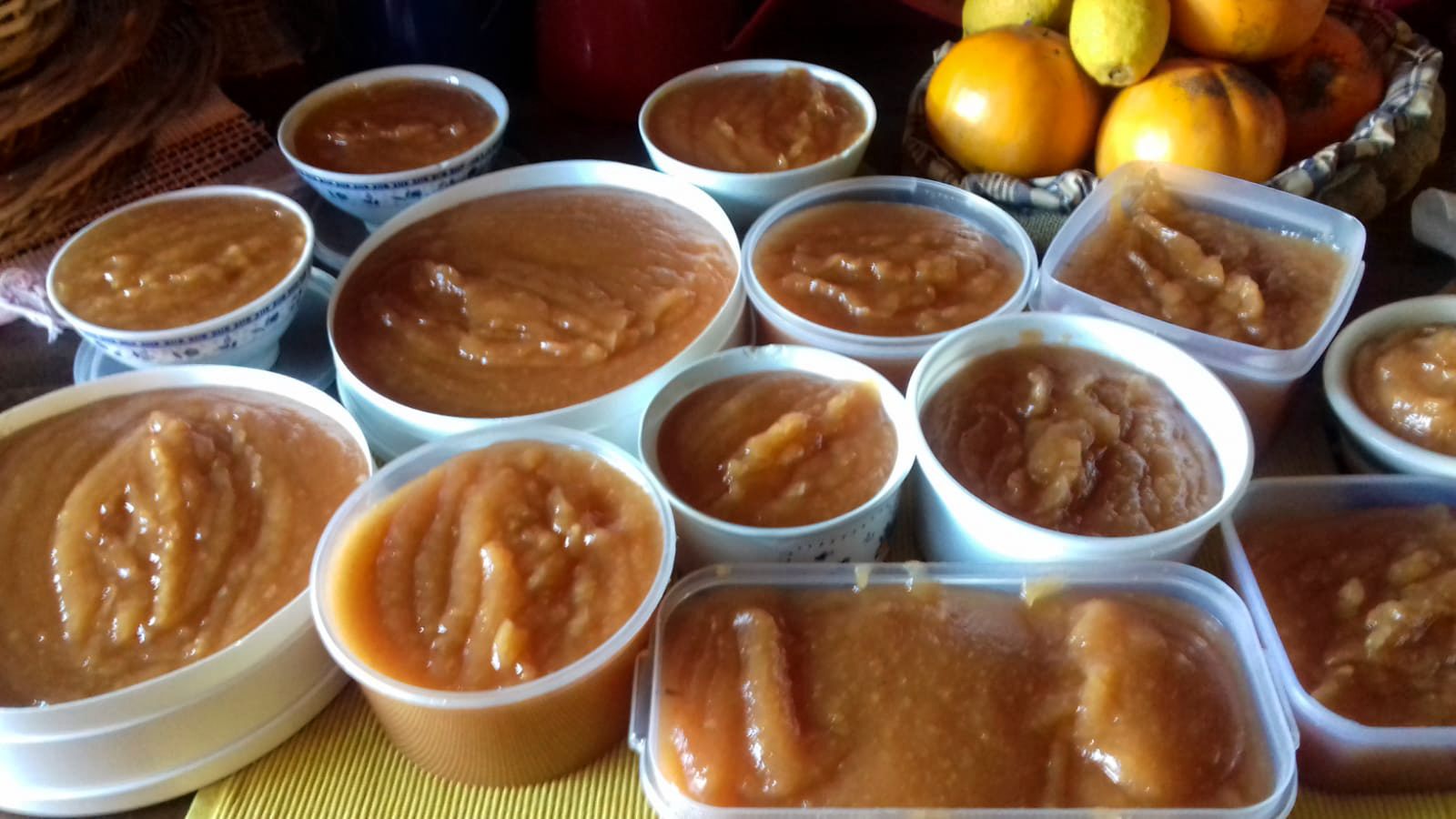
Over time, the term “marmalade” drifted further and further from its origin. By the early 1800s, marmalade was considered a “half liquid preserve,” already a distant cousin of the stiff, chewy version enjoyed in the Mediterranean. It also moved to claim a seat of honor at the breakfast table and became synonymous with orange jam, complete with peel.
Today, marmalade’s popularity is dwindling among British breakfasters, with studies revealing that younger shoppers made up just one percent of marmalade buyers in 2017. Experts have long worried about the life expectancy of the tangy preserve, but efforts to rebrand it have been rejected. (Suggestions to spiff up the recipe or, worse, rebrand it as “orange jam” have been particularly jibe-worthy.)
In Portugal, quince-based marmelada continues to thrive in a somewhat parallel economy. It isn’t something one buys, but rather something one receives from family members in mismatched containers. Every year as fall rolls around, discerning households gather in the kitchen to peel, boil, and pour the ugliest quasi-pears into salad bowls and empty ice cream cartons, which they then disperse among family members. Grandmothers and aunts routinely squabble over the color and opacity of their preserves, which range anywhere from crystal-clear red to creamy orange. A particularly unique variety, a white marmelada (actually the color of a rich butter) developed by nuns in the southern city of Odivelas, benefits from a somewhat higher status, as its recipe was very nearly lost in time when the convent closed its doors in 1886. Today, the white marmelada of Odivelas is celebrated in a yearly festival, but there’s something to be said for every other form of this rustic, unpretentious confection. With bread and butter, it’s a treat. With cheese, it’s a national institution.
Gastro Obscura covers the world’s most wondrous food and drink.
Sign up for our regular newsletter.





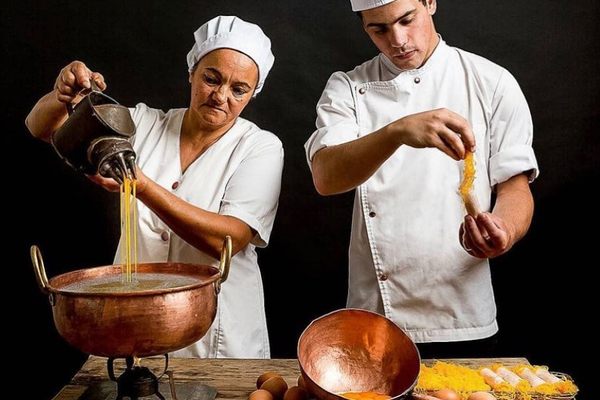

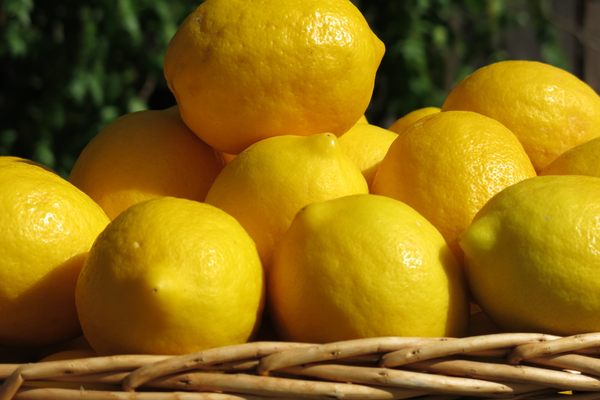



















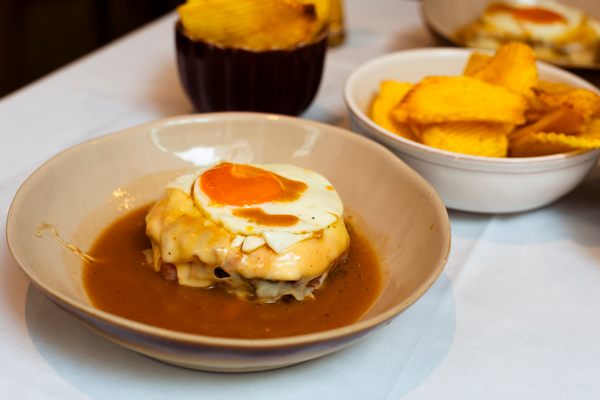
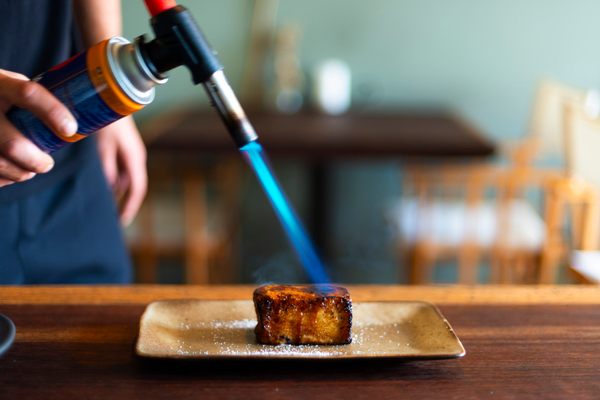
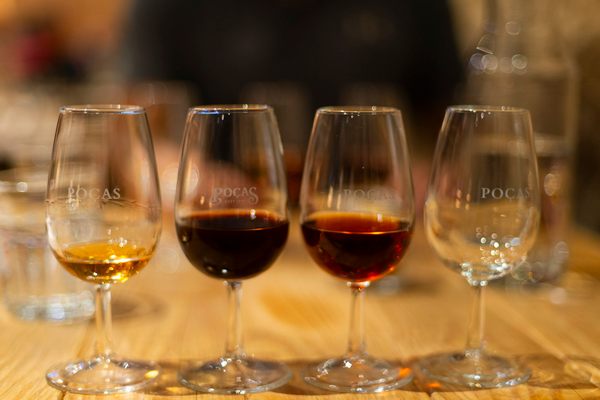
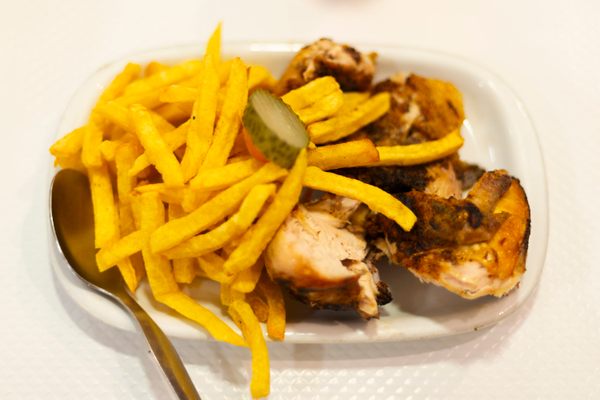
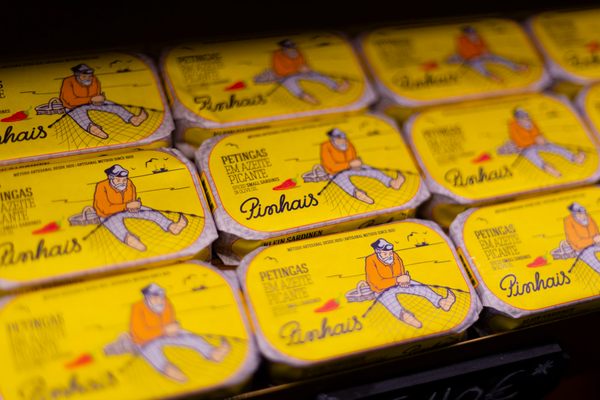


Follow us on Twitter to get the latest on the world's hidden wonders.
Like us on Facebook to get the latest on the world's hidden wonders.
Follow us on Twitter Like us on Facebook